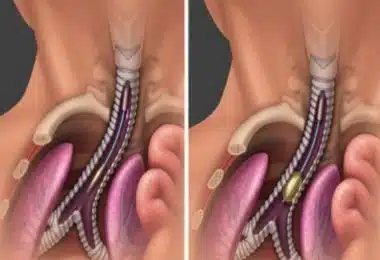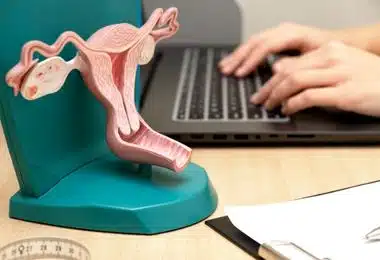
Congenital Diaphragmatic Hernia- CDH
November 16, 2022
What Is A Chocolate Cyst?
February 4, 2023
Congenital Diaphragmatic Hernia- CDH
November 16, 2022
What Is A Chocolate Cyst?
February 4, 2023
PUVs - Posterior Urethral Valves
Contents
Posterior Urethral Valves (PUVs) – are one of the rare abnormalities of the urinary tract of the fetus, which is detected in the womb. Once again, in such a case, intrauterine treatment can increase the chances of babies’ life. The frequency of development of PUVs is one case per 5-10 thousand births. Due to the obstruction that occurs when urine exits the baby’s bladder in the womb, urination problems happen. That leads to a decrease in the amount of amniotic fluid. Lack of amniotic fluid negatively affects the development of fetal lungs to the extent that almost 75 percent of babies with this disease die either in the womb or in the postpartum period. Ensuring the proper urination of the fetus helps the development of lungs, prevents a shortage of amniotic fluid, and thus increases chances of life.
One of the ways to restore fetal urination is vesicoamniotic shunting, which allows the flow of urine from the bladder to enter the amniotic cavity. Studies have shown that the use of catheters increases the chances of fetal life by about half. Despite this, it is not entirely clear that the use of vesicoamniotic shunting catheters protects the kidneys of new-borns and prevents the development of kidney failure in their later life.
Posterior urethral valve (before the installation of a vesicoamniotic shunting catheter), accompanied by bladder and ureters expansion, as well as a lack of amniotic fluid. A case that was observed in our clinic.
After five weeks after the installation of the vesicoamniotic shunting catheter, the amount of amniotic fluid increased, as well as the size of the kidneys and bladder decreased.
New technologies and minimally invasive endoscopy methods allow treatments by inserting a camera into the fetal bladder (fetal cystoscopy). This, first of all, allows to find out the exact cause of the obstruction at the exit of the bladder (posterior urethral valves, urethral atresia, stenosis, etc.), after which, if possible, the obstruction can be eliminated. Therefore, ensuring the proper flow of fetal urine in the womb prevents the shortage of amniotic fluid and thus increases the baby’s chances of life by promoting the normal development of the lungs.
Laser ablation of posterior urethral valves that obstruct the urinary tract (fetoscopic laser ablation of the urethral valve) thanks to fetal cystoscopy has recently become a widespread medical practice and a promising treatment method. According to recent data, this practice contributes to the survival of infants and supports their kidney function. In our clinic, we also apply cystoscopic laser ablation of the urethral valve to remove posterior urethral valves (PUVs) of fetuses suitable for in-utero treatments. Before deciding on intrauterine surgery to treat fetal lower urinary tract obstruction, it is important to know if the fetus has additional structural or chromosomal problems.
You can find an article published in the journal “Perinatoloji” about the cases of fetoscopic laser surgeries by clicking on the link below.
Fetoscopic laser valve ablation in the posterior urethral valve case with intrauterine diagnosis


